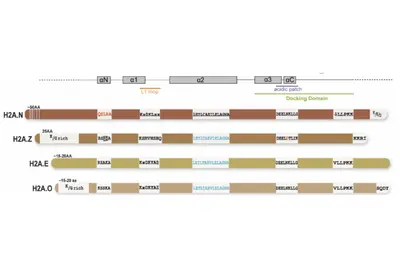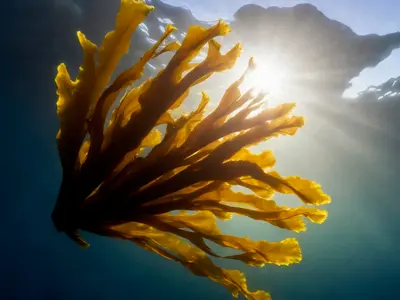His2AVar

The incorporation of different histone variants into nucleosomes allows nucleosome stability and DNA accessibility to be modulated and specific histone modifications to be made. Interestingly, some histone variants emerged several times in evolution, suggesting convergent functions in genome organization and expression control. The His2AVar project is based on our recent identification of novel H2A variants in the brown alga Ectocarpus species 7, which we have named H2A.N, H2A.E and H2A.O. We hypothesise that H2A.O is the functional equivalent of land plant H2A.X, and that H2A.N replaces canonical histone H2A, while the H2A.E variant compensates for disappearance of gene-repression-associated marks in Ectocarpus species 7. The aim of the His2Avar project is to study the role of the newly identified Ectocarpus species 7 H2A variants and their capacity to complement H2A variant functions in evolutionarily distant species.
To achieve this, we are combining reverse genetics approaches with epigenome analyses and microscopy to (i) characterize the roles of these novel H2A variants during Ectocarpus species 7 development (WP1) and (ii) investigate the capacity of these proteins to functionally complement loss of H2A variants in a Stramenopile microalga (the model diatom Phaeodactylum tricornutum) and a land plant (Arabidopsis thaliana).
This project will significantly extend our knowledge of the functions and conservation of H2A variants from brown algae and will provide broad insights into H2A variant evolution and functional diversification.
Partners:
UMR8227, Roscoff: Delphine Scornet, Yacine Badis, Laurence Dartevelle, J. Mark Cock
UMR6286, US2B, CNRS-Nantes University: Carine Pruvost, Samuel Menicot, Leila Tirichine, Celine Duc
UMR6293, iGReD, CNRS-INSERM-UCA: Sylviane Cotterell, Samuel Le Goff, Simon Amiard, Aline Probst
